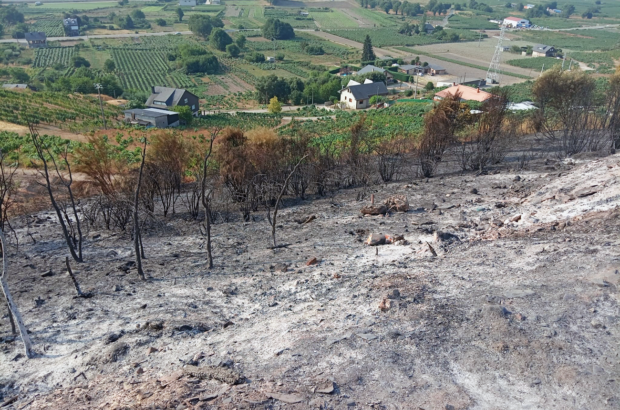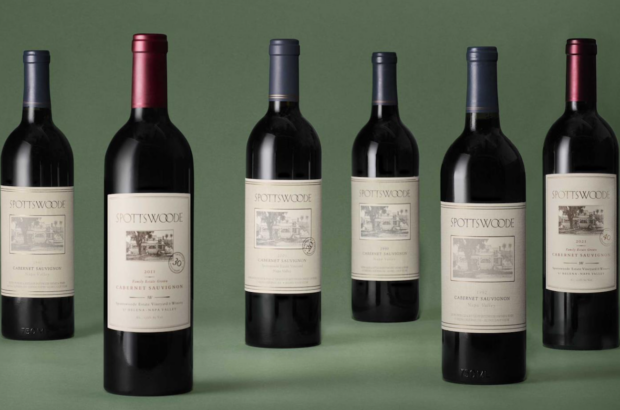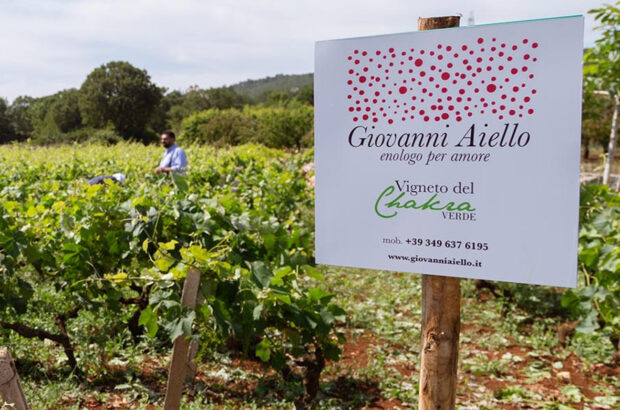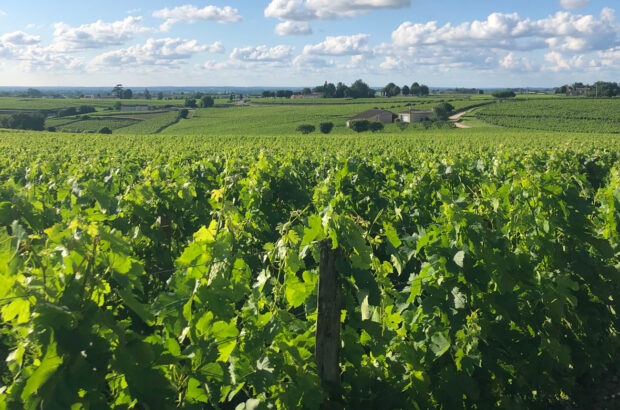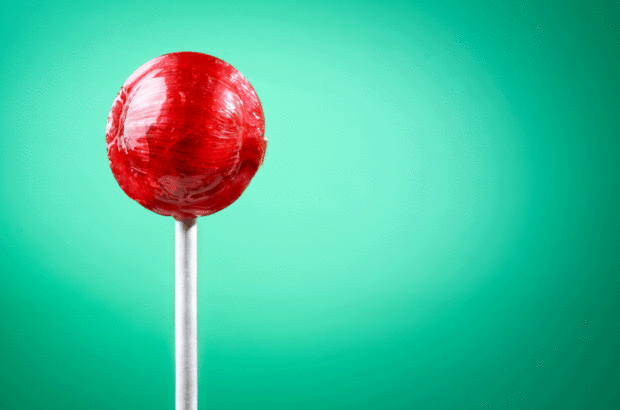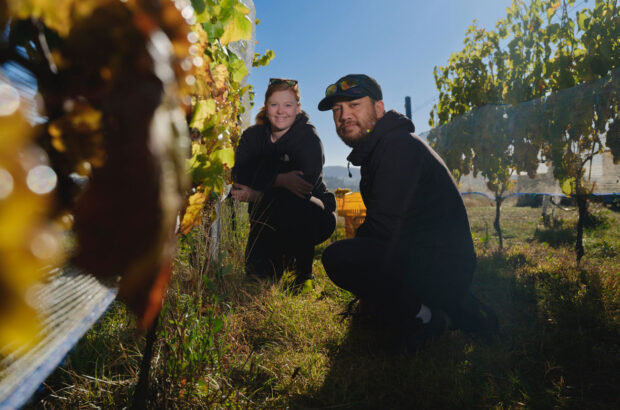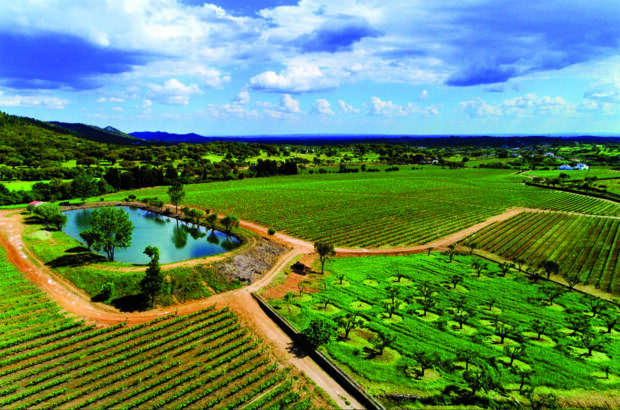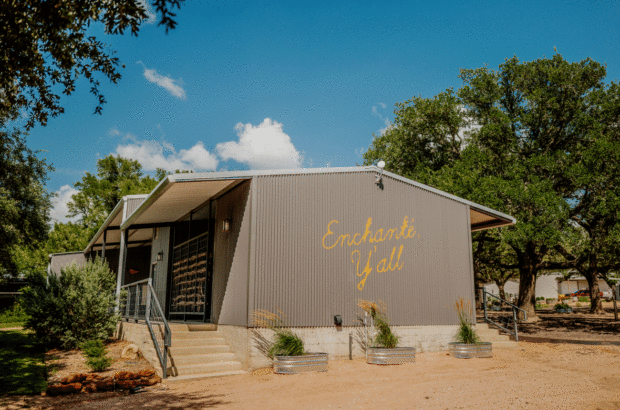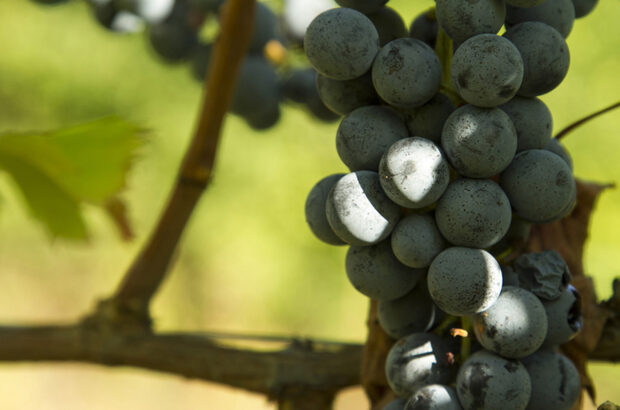Across multiple industries, the last year was the most financially, logistically and emotionally trying year in recent history. No one made it through unscathed, but few sectors were as dramatically affected as wine and hospitality. Constraints from the Covid-19 pandemic and the resultant economic collapse preceded the worst wildfire season in California’s history, with more than 1.7m hectares burned.
There were already existing problems for California’s residents; escalating tax rates, widespread homelessness and climate change have been causing residents and businesses to leave in record numbers.
The middle class is shrinking and wealth inequality widening. Tourism boards, restaurants and wineries won’t need to just attract visitors to the Golden State; even residents will soon need incentives to stay. And a lack of consistent and reliable leadership during the pandemic has made matters worse; mixed messages, back-and-forth policies and a yo-yo effect of closing and reopening businesses have sent many into a downward spiral.
Ehren Jordan of Failla Wines in Sonoma Coast has strong words for the government’s inconsistencies throughout the pandemic. ‘You can get on an airplane with 250 other people and fly for six hours, but you can’t sit outside a restaurant and eat? And you’re going to put 16 million people out of work?’
Winemaker Pax Mahle, proprietor of Pax Wines in Sebastopol, adds: ‘Half the people in the world are bored out of their minds, the other half are exhausted. The normal ebbs and flows of our business cycle have been thrown out the window. Now it’s just go, go, go.’
The implosion of the restaurant industry has been brutal for wineries. Eva Dehlinger, general manager of Dehlinger Winery in the Russian River Valley, laments: ‘Eighty percent of our wine is sold to restaurants. The industry is so hard-hit that I imagine it will be totally transformed for a long time.’
Heat, fire and hope
‘For us, hell began in May, after the first heatwaves,’ says Jean-Baptiste Rivail, general manager of Newton Vineyard in Napa Valley. ‘100% of our irrigation is from collected rainwater, and by May we hadn’t had a drop of rain.
‘We realised we would have about 30% of the normal amount, so we worked really hard on irrigation. It went pretty well at first. We thought, “We’re going to be fine after all; it’s going to be a great year”.
‘The first fire was in mid-August, just in front of the winery, which was very concerning. We couldn’t get any smoke damage tests back because all the labs were overwhelmed.
‘When the third heatwave came in early September, we were hit pretty bad. Grapes on some of the blocks we were happy with had started to shrivel. Then, on 28 September, the Glass Fire jumped from east to west and destroyed everything. We spoke with firefighters that day, and they said they couldn’t even try to save us. It was like a fire bomb.’
Newton’s entire facility, and most of its Spring Mountain estate vineyard, burned to the ground. ‘We will be able to save 3ha out of the 35ha we had,’ says Rivail. ‘Most blocks are 60%-70% burned. We had already harvested everything, which was a complex operation between the heatwaves and smoke damage.
We worked so hard this year to save everything along the way…’ A long process of rebuilding awaits. ‘If everything goes as we hope, we will have something ready by 2025. But that’s a long time, and it depends on so many factors.’
With customers stuck at home, direct-to-consumer sales and retail placements became crucial. The rush to transition happened simultaneously throughout the industry, as long-time Carneros wine-grower Lee Hudson points out: ‘You can’t pivot to retail when everyone else is doing the same and you don’t have those connections. You start at the end of the queue.
‘We are dependent on all three legs of the tripod: restaurants, retail and direct-to- consumer. Don’t get too comfortable with any one of them. It’ll come around to bite you.’
Gavin Chanin, winemaker and owner of Chanin Wine Co in Lompoc, comments on the differing distribution laws on either side of the Atlantic. ‘The laws in Europe are much friendlier. In the UK for instance, importers can sell directly to a private client. That’s something for the US to look at going forward.’
But for now, Chanin says, ‘we’re locked into these archaic laws with the three-tiered system’. That system was born out of Prohibition, and functions roughly as follows: the first tier is made up of producers, who sell wines wholesale to the second tier of distributors and/or importers; these companies then disperse and allocate wines to the third tier of retailers and restaurants. Mark-ups are necessarily tacked on along the way; a $10 wholesale wine becomes $20 from the distributor, $25 at retail and $50 after restaurant mark-ups, for example.
‘[These laws] are generally meant to protect distributors, but I would argue that their rigidity made it so that businesses could not be as flexible as they could have or should have been,’ Chanin concludes.
Many producers saw a rise in their direct-to-consumer sales, but not enough to cover the loss of restaurant sales. Most have kept their heads above water, but cannot do so indefinitely. ‘A giant swathe of the world in which you sell wine just vaporised,’ says Jordan. ‘And we still have all those wines in inventory. That’s what we’re going to sell in 2021 and 2022: the 2018s and 2019s that we didn’t sell in 2020. That will be the bridge over to the 2021 vintage that will be for sale in 2023.’

Ehren Jordan, Failla Wines
California burning
Wildfires added yet another tribulation to an already challenging year. Although the growing season had climatic issues, such as early summer heatwaves and little rainfall, 2020 was beginning to shape up to be one of the finest vintages in recent memory. Andy Smith, winemaker for DuMOL in the Russian River Valley, says: ‘On 1 August, the grapes on the vine were looking like one of the greatest-ever potential quality harvests in California. The vines looked superb. Then, on 16 August, the lightning storm came and the world began exploding.’
Failla’s Jordan recalls the night the fires started at his Fort Ross-Seaview estate vineyard. ‘On the night of our first harvest, we picked by lightning light. We literally got chased out of the vineyard by the storm that started the fire. The next night, we picked by firelight.’
Among many others, Ross Cobb, winemaker for Sonoma Coast’s Cobb Wines, left his Pinot Noir on the vines. ‘The loss of a crop was pretty tough. Financially, of course, but even more so emotionally. It’s like building a wooden boat from scratch and then watching it sink at the dock. You can’t raise it up and dry it out as it’s going to be mouldy forever.’
Many wineries will not produce a 2020 vintage; those that do will battle consumer perception of the harvest. In some cases, this will be well founded. But as any vintage shows, you can’t paint with a broad brush.
The southern section of the Central Coast was mostly unaffected by smoke damage. Based in Santa Barbara County, Chanin says: ‘We were just incredibly lucky. The fires up north were so big we definitely got some haze, but I didn’t hear of or see any smoke taint. Nonetheless, for a fire to be that far away and still affect the air quality is nuts.’
The smoke issues in California were not limited to local fires, however. In Oregon to the north, catastrophic blazes torched more than 400,000ha, not only drastically reducing the potential of nearly all of the Willamette Valley’s Pinot Noir, but also impacting vineyards in California’s North Coast.
Ehren Jordan has a foot in each of the two states, with facilities in both Sonoma and Salem. ‘A “normal” vintage for Failla would be 25,000 cases between the two. If I had to guess how many cases of 2020 we will bottle, it’s around 4,000. Of that, there will be no Oregon red wine. Zero. The California reds will be limited to what we can make from the three days of picking before the fire.’
Of the damage inflicted, not all of it was physical. The emotional and physiological effects of smoke exposure place a mental weight on the people working in it. As Pax Mahle says: ‘It definitely affects people’s psyche. It’s draining and takes a toll on your thinking and emotions.’
Other northern California wineries found themselves in more fortunate situations. Some are hedging their bets against minor smoke damage, others have found no evidence of it.
DuMOL’s Smith explains: ‘Between 18 and 25 August, what smoke there was in western Sonoma County was at an extremely high altitude. It didn’t descend until the 26th. I had picked two vineyards before the fires, and the rest before the smoke descended. I made 90% of what I planned to make. At this stage, I see no smoke taint. I don’t want to jump the gun, but what I have in barrel could be some of the most exciting wines I’ve ever made.’
A rock and a hard place
In Monterey, Christopher Miller MS found his estate, Seabold Cellars, in the middle of three separate blazes. ‘On the Air Quality Index, where 150 is bad, one of our vineyards was at 400 for days. You would need oxygen tanks to go there. Once we could go in, we couldn’t secure a picking crew. I had to delay one vineyard’s harvest by two weeks. Not only that, but roads were closed, houses had burned down and there were power outages. And this is on top of already dealing with Covid.’

Cobb Wines estate. Credit: Rachid Dahnoun
Future-minded
The aftermath of the fires has forced attention towards navigating the future. Andy Peay of Peay Vineyards recalls a virtual meeting with his colleagues. ‘I was on a Zoom call with other board members of the West Sonoma Coast Vintners. There were 11 of us in the same boat, trying to figure it all out.
‘One topic that came up was fire insurance. We asked, “Who got dropped by their insurance company?” Half the people raised their hands. The people who weren’t dropped received a notice that their premiums were going to triple. “How many have crop insurance?” Only 25% raised their hands.’
Owning estate vineyards is usually a milestone and a source of pride for wineries. However, in scenarios like those encountered in 2020, they can become a burden. Jordan explains: ‘If you’re making [wines with] 100% estate fruit, it’s much more financially debilitating. If you purchase 80% of your fruit and it’s damaged, you can just walk away. When you own it, you’ve already farmed it the whole way through. And then you have nothing.’
The decision to walk away has obvious ramifications for the growers, who are looking at protecting themselves as best they can from this increasingly common issue. Grower Lee Hudson says: ‘We’re in the process of figuring out what kind of smoke clause we want in our contracts going forward.
‘As growers, we depend on the winery picking the fruit and paying us. We don’t get paid until after we’ve spent all our money. But neither do the wineries.’

Lee and Cristina Hudson
Forward together
Despite the challenges faced by winery teams in 2020, the common thread of nearly every interview I conducted was an overwhelming sense of optimism.
In time, I hope, we may well see the events of the last year as just a bump in the road to making truly great wine in California.
As a born-and-bred Californian, my early path in wine consisted of tasting almost exclusively local wines. This eventually led to an understanding of the greatest wines ever made – increasingly more of which hail from the Golden State. And this will only continue.
In wine circles, there’s a nearly constant comparison between Old and New World wines, but it stacks the deck unfairly against the New, not taking into account the massive chasm of experience, trial-and-error and time.
California’s corollary to Richebourg or Montrachet may in fact already be planted, though making a realistic comparison might prove to be the job of the current generation’s great-grandchildren.
But the gap between these two worlds is closing every year. Today’s Californian producers have exponentially more knowledge about what makes a wine great than the Cistercian monks of the 14th century did. Concurrently and paradoxically, we know very little about the many X-factors of terroir that they themselves seem to have gotten right. We are still in the initial phases of wine production in California – a fact that makes our progress thus far impressive and inspiring.
The combination of heat, wildfires and Covid have set the winemakers back a little, but they are still confident. As Duncan Meyers of Arnot-Roberts states: ‘It might take five years, but we will get to the other side of this. We will bounce back.’
Matt Dees, winemaker for Santa Barbara’s Jonata and The Hilt, comments on how the downtime helped forge a greater bond with his work. ‘I’ve been able to dig incredibly deeply and intimately into the wines and the vineyards, more so than ever before,’ he says. ‘I’ve never spent so much time by myself around the vines or wines. It’s been positive.’
Many of California’s industries are injured and on shaky ground, but still standing. They eagerly await the opportunity to thrive again, but will need aid, empathy and proactivity to do so.
Many of these issues are out of human control, but strategies and reactions are not. The hard-fought lessons of 2020 will hopefully provide winemakers, restaurateurs, residents and politicians alike with a newfound awareness of our interconnectivity.



